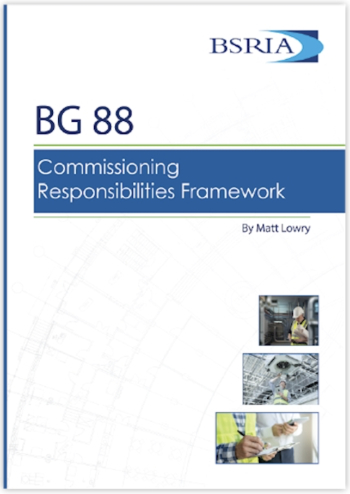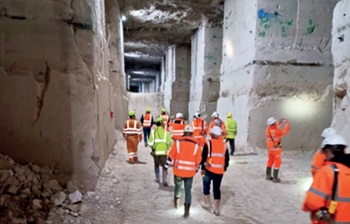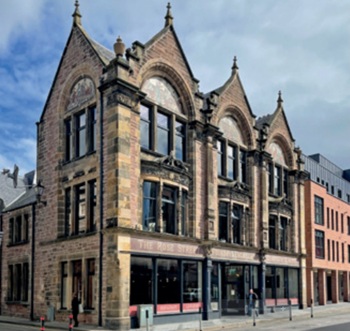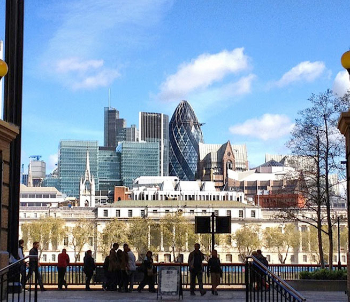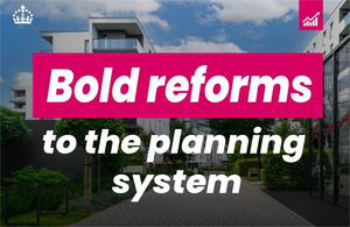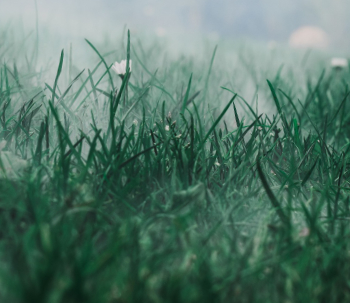Facade maintenance
Contents |
[edit] Introduction
In its broadest sense, the term ‘facade’ refers to any predominantly vertical face of a building envelope, such as an external wall. Consequently, a building may have more than one facade, such as the north facade, south facade and so on. Terraced buildings may only have two facades - a front facade and a rear facade.
Sometimes the term ‘facade’ is used to refer more specifically to external faces of buildings that have particular architectural emphasis, such as an imposing design or decoration, the main entrance to the building and so on. This will typically be the front of the building, facing onto a street or other public open space, but it may also be other faces depending on their architectural treatment and importance.
[edit] Facade maintenance strategies
Building facades will generally require regular care. A facade maintenance programme is a strategic approach that allows building managers to document the specifics of the facade system based on materials used, condition assessment, repair requirements, budgetary expectations and so on. It is a proactive approach to addressing facade issues before they become expensive projects.
A common consideration for most facades is the prevention of water penetration or other forms of water damage. While most facades are designed to keep water out, this task is difficult to accomplish, primarily due to the types of materials commonly used on building facades. Typically, finishes crack and joints fail over time.
A form of 'redundancy' is one proactive method of managing facade failure. For instance, a two wall system using a masonry cavity may not stop water from penetrating the outer face of a wall, but it should help to prevent the water from penetrating through and damaging interior walls. Rainscreen cladding systems adopt a similar approach.
Facade maintenance will depend on the types of materials and methods of construction that have been used. For historic buildings, special facade maintenance measures may be required, particularly in cases where original materials are no longer available and traditional tradespeople difficult to find. Restrictions may also be imposed on projects with listed or conservation area status.
[edit] Consequences of facade neglect
If facades are poorly cared for, there can be significant problems. For example, simply hiding cracks under render will not actually resolve the underlying issue; and the cracks could spread further, resulting in serious damage. The underlying cause of problems must be identified and treated rather than just the symptoms. It may be necessary to consult with an expert in facade repair and remediation.
In some instances, cleaning will be part of the early investigation process before repairs take place. A clean facade, free of dirt, stains and other unwanted materials will provide a better surface for restoration work and will make problems easier to identify. However, if there is an issue with leaks, water-based facade cleaning might be delayed until after sealing work takes place.
[edit] Planning for facade maintenance
Facade maintenance plans should consider the life expectancy of facade materials and proactively schedule care and repair to minimise cost and disruption to building occupants.
Annual facade inspections should be scheduled along with regular reviews of work that took place during the course of the year. Were schedules kept? Were contractors reliable? This information can help to set budgets and schedule larger facade maintenance projects, should they become necessary.
Ideally, facade maintenance should be part of a larger exterior maintenance plan, particularly since building systems are often interconnected. For example, a leak may comes from the roof, but affect the facade.
[edit] Related articles on Designing Buildings
Featured articles and news
Commissioning Responsibilities Framework BG 88/2025
BSRIA guidance on establishing clear roles and responsibilities for commissioning tasks.
An architectural movement to love or hate.
Don’t take British stone for granted
It won’t survive on supplying the heritage sector alone.
The remarkable story of a Highland architect.
The Constructing Excellence Value Toolkit
Driving value-based decision making in construction.
Meet CIOB event in Northern Ireland
Inspiring the next generation of construction talent.
Reasons for using MVHR systems
6 reasons for a whole-house approach to ventilation.
Supplementary Planning Documents, a reminder
As used by the City of London to introduce a Retrofit first policy.
The what, how, why and when of deposit return schemes
Circular economy steps for plastic bottles and cans in England and Northern Ireland draws.
Join forces and share Building Safety knowledge in 2025
Why and how to contribute to the Building Safety Wiki.
Reporting on Payment Practices and Performance Regs
Approved amendment coming into effect 1 March 2025.
A new CIOB TIS on discharging CDM 2015 duties
Practical steps that can be undertaken in the Management of Contractors to discharge the relevant CDM 2015 duties.
Planning for homes by transport hubs
Next steps for infrastructure following the updated NPPF.
Access, history and Ty unnos.
The world’s first publicly funded civic park.
Exploring permitted development rights for change of use
Discussing lesser known classes M, N, P, PA and L.
CIOB Art of Building photo contest 2024 winners
Fresco School by Roman Robroek and Once Upon a Pass by Liam Man.







